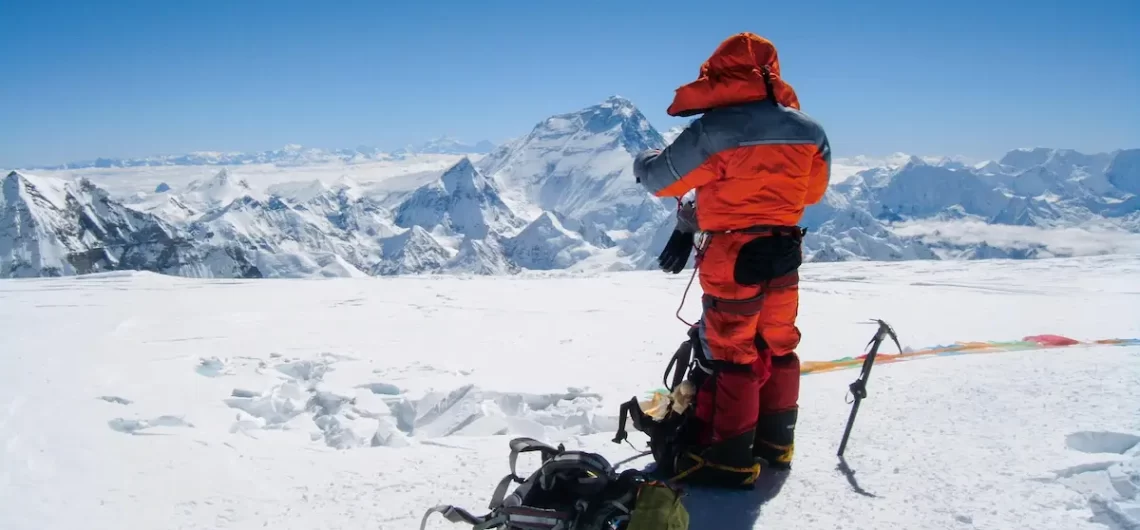In an effort to prioritize safety and restore the spirit of true alpine adventure, Nepal’s Department of Tourism has announced a sweeping new regulation: Everest climbing permits will only be granted to mountaineers who have previously summited a peak above 7,000 meters.
That means no more first-timers jumping straight to the top of the world.
🧗 Why the New Rule?
In recent years, Everest has become increasingly crowded during the spring season (April–May). While the growth of commercial expeditions has allowed more people to pursue their dreams, it’s also led to a rise in dangerous situations — long queues near the summit, altitude-related emergencies, and greater pressure on rescue teams and Sherpas.
This new rule is designed to bring back discipline and reduce risk.
By requiring previous high-altitude experience, the Nepalese government is hoping to filter out those who may not be physically or mentally prepared for the extreme conditions Everest throws at climbers.
“Everest is not a tourist attraction. It’s one of the most challenging mountaineering objectives in the world,” said a tourism department spokesperson. “We’re not closing doors. We’re asking climbers to come through the right one.”
🌍 What This Means for Trekking Nepal and the Climbing Community
The change has sparked mixed reactions. Veteran climbers and safety advocates have largely praised the move, citing the need for higher standards. However, some operators in the expedition industry are concerned about how this might affect Nepal’s economy. After all, Everest permits generate millions of dollars in revenue annually.
But there’s a silver lining.
This shift could shine a brighter spotlight on Nepal’s other incredible peaks, many of which rise above 6,000 and 7,000 meters. Climbers looking to qualify for Everest will now have an added incentive to explore more of Nepal’s rugged terrain — a win for both safety and sustainability.
🔁 A Ripple Effect Across the Adventure Travel World?
As Nepal implements this bold step, it might set a precedent for other countries facing similar challenges. With eight of the world’s fourteen highest peaks, Nepal is sending a clear message:
Climbing here isn’t just about bragging rights — it’s about deep respect, real preparation, and true adventure.
For those trekking Nepal or dreaming of conquering Everest, this new rule invites a more meaningful path: one built on experience, not shortcuts.
✅ Final Thought: Everest Is Earned
This isn’t a ban. It’s a challenge.
For aspiring climbers, it’s a chance to prove you’re ready. For guides and trekking companies, it’s an opportunity to promote Nepal’s vast and varied mountains. And for the mountain itself, it’s a much-needed breath of respect.
Ready to earn Everest the right way? Trekking Nepal has never been more purposeful.
📣 Ready to Start Your High-Altitude Journey?
At Resurgence Travel, we guide trekkers through Nepal’s most spectacular routes — from Poon Hill to Manaslu, and yes, even the preparation paths toward Everest.
📩 Contact us today to begin your journey, or check out our featured treks in Nepal to take your first step toward the summit.
Experience Nepal. Earn Everest. Travel with purpose.

